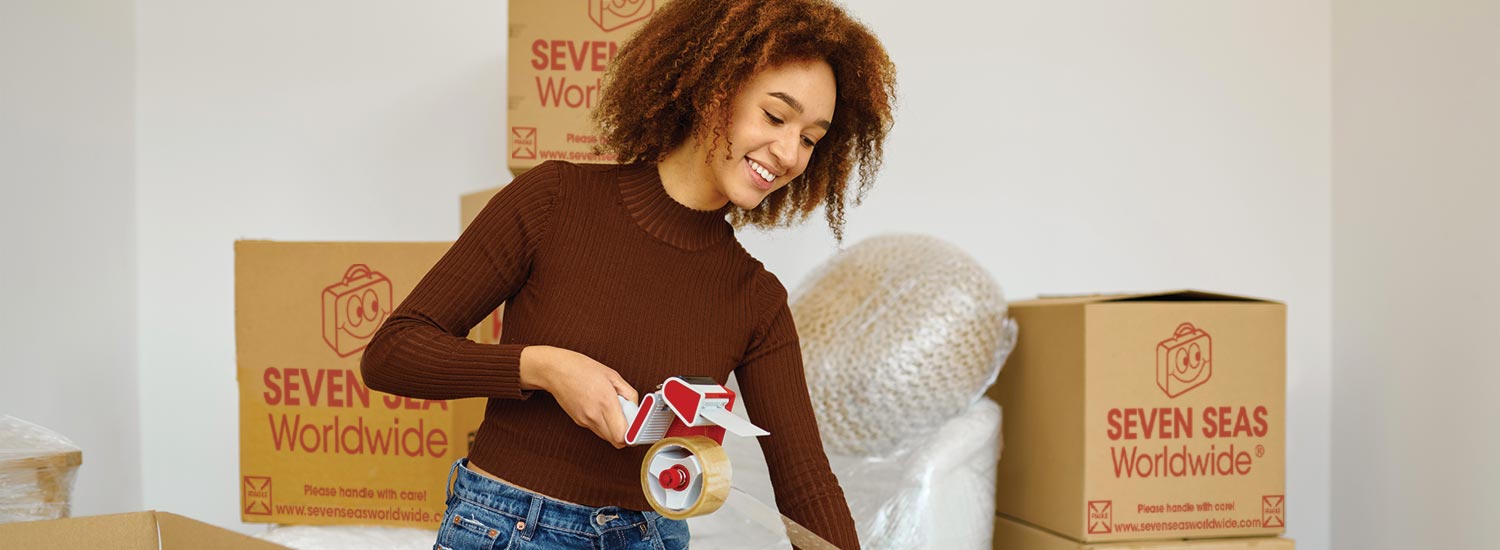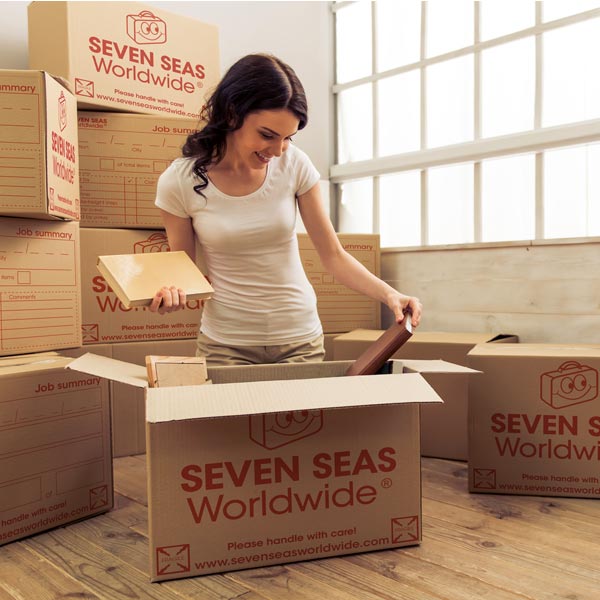Before packing, check this list of items prohibited from entering a particular country or region.
Key takeaways
- The best way to ship a snowboard is to select a transportation method appropriate to your needs (either by air or sea) and prepare the board for transit by thoroughly cleaning it and packing it inside a padded bag or robust box.
- To ship a snowboard, decide if your best option is via airline excess baggage or an international shipping company — choosing between the two depends on timing, practicality, cost, and how much control you want over the handling of your equipment.
- To pack a snowboard, thoroughly clean and dry it, remove the bindings, cover the board with cushioning materials secured with parcel tape, place it in a strong container or case and clearly label it with your delivery and origin addresses.
Best way to ship a snowboard
The best way to ship a snowboard is to select a transportation method appropriate to your needs (either by air or sea) and prepare the board for transit by thoroughly cleaning it and packing it inside a padded bag or robust box. Add a "Fragile" and a "This way up" label, and send it via a trusted shipping company that offers peace of mind via tracking, insurance, door-to-door delivery options, and customs assistance.
How to ship a snowboard
To ship a snowboard, decide if your best option is via airline excess baggage or an international shipping company — choosing between the two depends on timing, practicality, cost, and how much control you want over the handling of your equipment.
Airline excess baggage can be a convenient way to ship your board as you can collect it immediately upon arrival. However, fees vary widely, and some airlines apply oversized baggage charges. Plus, you are responsible for lugging it to and from your origin and destination airports. There's also the risk of damage due to rough handling by the airline before, during and after the flight.
Using a shipping company to transport your snowboard gives you more flexibility and peace of mind. Look for a company with experience shipping sports equipment that offers tracking, insurance, packaging options, customs guidance and door-to-door delivery to make your experience stress-free. You'll usually have a choice of shipping methods: sending your board by sea takes slightly more time but is more cost-effective and leaves a smaller carbon footprint. In contrast, air shipping is quicker but typically more expensive. Sea shipping also offers better protection, as your snowboard will likely travel in a secure moving pod, such as the International MoveCube®.
Top tip: take photos of your snowboard and all accessories before and after packing them to support any insurance claims in the unlikely event your shipment is lost or damaged.
If shipping overseas, complete all required customs paperwork (usually submitted online), including a detailed packing list of every item in your shipment, customs forms, and a value declaration. Some countries may charge duties and destination fees or request additional documentation, so check the relevant import regulations before booking.
Take photos of your snowboard and all accessories before and after packing them to support any insurance claims...

How to ship a kids snowboard
To ship a kid's snowboard, clean the board thoroughly, remove detachable parts, such as bindings (pack these separately), then use a padded child-sized snowboard bag* or a sturdy, appropriately sized cardboard box with ample cushioning to protect the board.
*Seven Seas Worldwide does not endorse these products.

Snowboard shipping box: cardboard or hard shell case?
When considering a snowboard shipping box, you can either use a traditional cardboard box or a hard shell case, depending on how frequently you travel, the value of your gear, and your budget.
Cardboard boxes are ideal for occasional trips as they're widely available, cheap and lightweight, which helps reduce shipping costs. Choose a double-walled, chemically strengthened box for extra protection, and wrap your snowboard in plenty of bubble wrap or foam padding to prevent transit damage. Remember to select a box a little longer and wider than your board to accommodate the cushioning materials. Ship snowboarding accessories in a separate box to avoid scratches and dents to the board during transit.
Hard shell cases* cost more upfront but last much longer and offer better protection, particularly important if your snowboard is expensive or holds sentimental value. Made from strong materials like durable plastic or polycarbonate, they expertly shield your board from moisture, impacts, and rough handling. Plus, most hard cases come with wheels and locks as standard, increasing convenience and security.
However, their added weight may increase shipping fees. Choose a case that fits your board snugly to minimise internal movement. If you're packing accessories, secure them separately within the case's dedicated compartments.
*Seven Seas Worldwide does not endorse these products.
How to pack a snowboard
To pack a snowboard, thoroughly clean and dry it alongside any accessories, such as bindings, goggles, boots, and helmets. Removing dirt and moisture helps protect your gear from rust, mould, and unpleasant odours during transit. Plus, it means you'll have ready-to-go equipment at the destination and avoid the potential import of organic matter, which many countries, including Australia, New Zealand, and Japan, forbid.
Before packing, measure your board and check your chosen shipping company's restrictions on dimensions and weight to avoid excess charges. Then, either detach your snowboard's bindings or undo and fold them down. Wrap the bindings in plenty of bubble wrap to prevent them from ripping your box during transit. Cover your entire snowboard in cushioning materials, such as foam padding*, bubble wrap or a thick towel, and pay special attention to the edges. Secure everything in place with thick parcel tape.
Next, place the snowboard inside a sturdy cardboard box with extra room to accommodate plenty of cushioning materials. Fill gaps with packing paper or air cushions to prevent the snowboard from shifting during transit, and secure the ends and edges of the box using three layers of overlapping parcel tape.
Finally, label the shipment clearly with your contact details and the delivery and origin addresses. Attach a "This way up" label to alert handlers not to place heavy items on top. Securely wrap any extra gear, such as boots, clothes, and tools, in a separate, well-sealed cardboard box.
Alternatively, you can ship your board in a padded snowboard bag* or a hard case*, both of which include pouches for accessories. A padded bag is lightweight and flexible, while a hard case, ideal for repeated uses, provides additional protection against impacts from handling and multi-modal transit. Place smaller items such as goggles, gloves, board wax, and clothing inside internal compartments or securely wrapped within the bag or case to prevent movement. Ensure everything fits snugly. If needed, add more padding around the board.
*Seven Seas Worldwide does not endorse these products.












